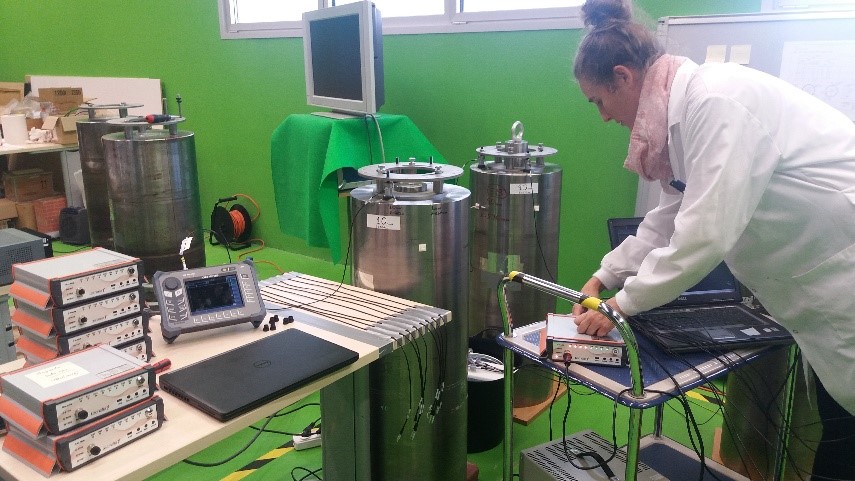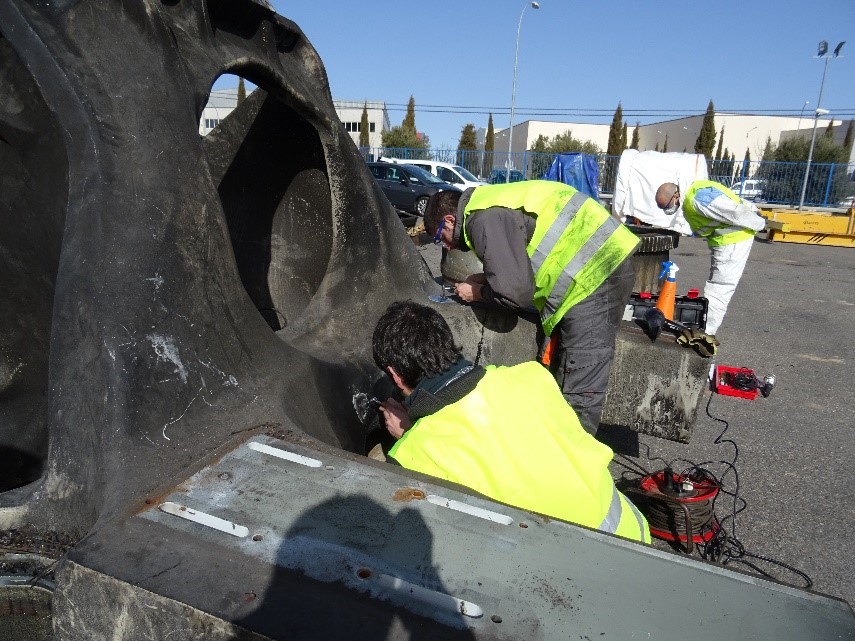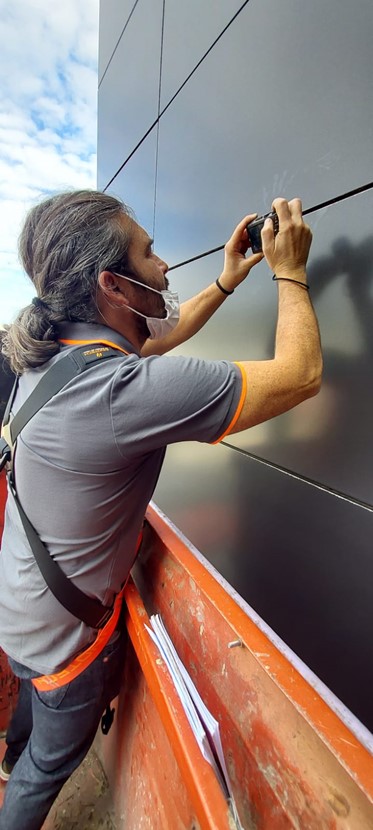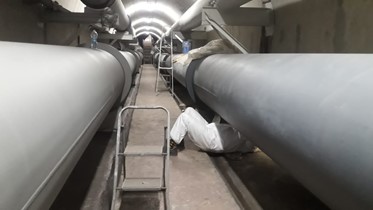Even though nowadays components with a certain degree of responsibility are designed and manufactured to international standards, these components sometimes fail, and the root cause of the failure needs to be discovered in order to be resolved. How we do it The question isn’t so much “why” the component failed, but rather “how did the component die?”
How to find the root cause of component failure
TECNALIA’s In-Service Performance team specialise in Forensic Engineering, which is a field that combines multiple skills such as corrosion, fractography, metallurgy, metallography, material resistance, structural integrity and requires different types of laboratory equipment to identify the root cause of the failure.
-
Pathologies that can lead to failure
There are many existing pathologies, but they can be grouped into four fields:
- Mechanical stress
- Wear
- Corrosion
- Temperature
Each pathology has its own features.
2. Weighting of the responsible parameters that identify the root cause of the failure
Once the failure process has been established and the different mechanisms and, therefore, the responsible parameters, have been identified, they need to be weighted by means of calculations, tests, etc. in order to identify the root cause of the failure.
3. Implementation of the solution
The solutions to be implemented to guarantee in-service performance and durability come from Materials Engineering and are grouped into two blocks:
3.1) Redesign:
- Change of geometric design. Avoid stress concentration that can cause fatigue failure, material overlaps leading to crevice corrosion failure, etc.
- Selection of materials with suitable properties for specific operating conditions.
- Adapting the manufacturing process to obtain components resistant to external conditions.
- Modification of component maintenance.
3.2) Adapting the service.
- Where Design Change is not a viable strategy, a solution based on fitness-for-service criteria should be applied. That is, knowing the actual resistance to pathology and adapting the use or maintenance to ensure that catastrophic failures do not occur












